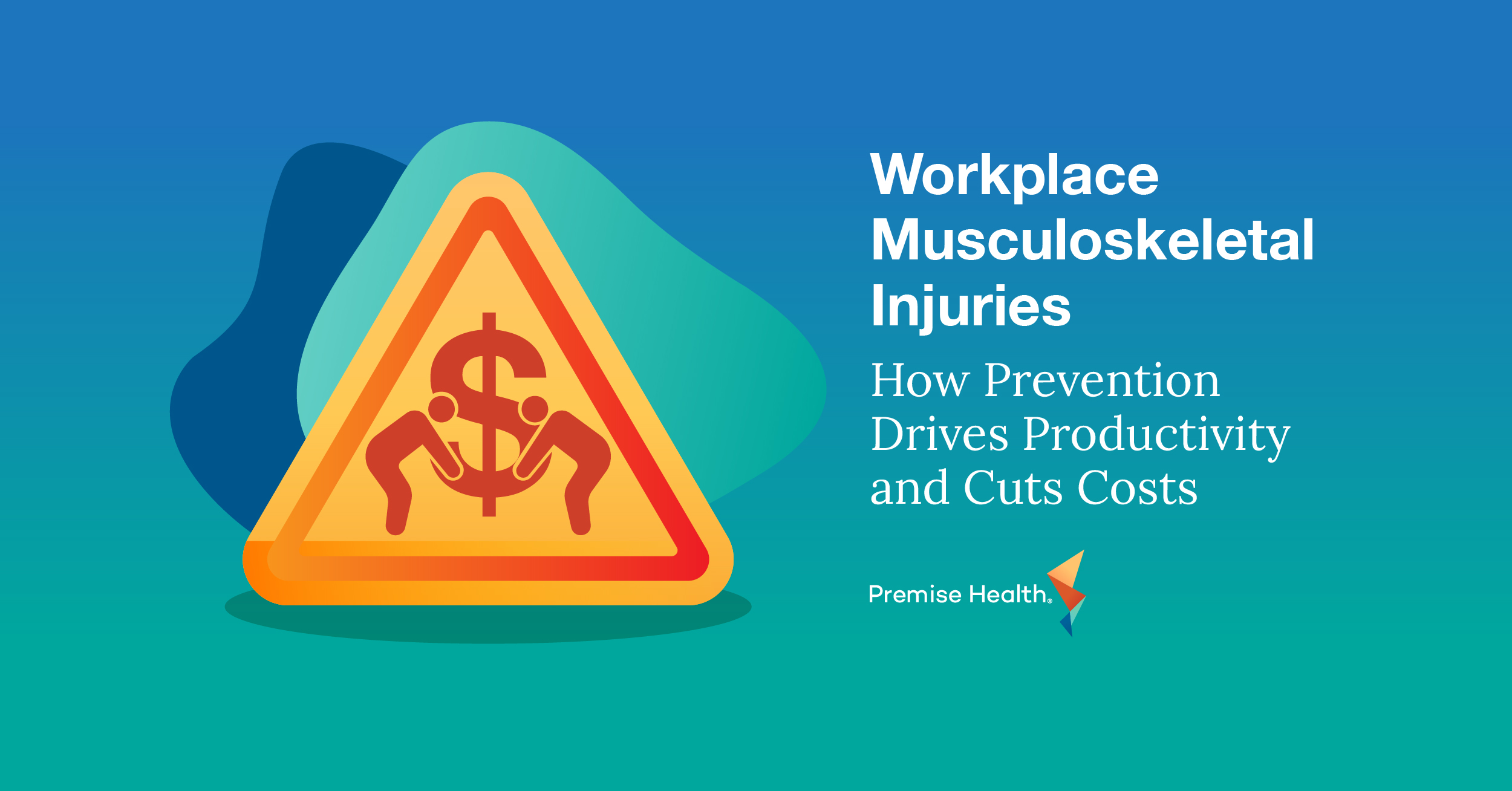Strategies for Supporting Employee Mental Health for a Hybrid Workforce
In recent years, conversations around mental health in the workplace have become more prominent and widely accepted. The rise of hybrid work has blurred the lines between personal and professional life, introducing new challenges. These challenges have brought mental health to the forefront in urgent and visible ways, prompting employers to reevaluate how they support their teams in this new world of work.
As we discussed in our previous blog, How to Talk About Mental Health at Work, opening up about mental health is a powerful first step toward reducing stigma and supporting employee wellbeing. But mental health awareness alone isn’t enough. Employers must now move from dialogue to action.
Understanding the Mental Health Landscape for Office and Remote Work Environments
To understand why mental health strategies in the workplace matter, it’s important to look at what employees face today. The modern work environment, whether remote or in-office, often demands long hours, leading to a lack of boundaries and increased stress. Employees may feel the need to appear “on” all the time even when they may be struggling to keep up with demands or handle work-related stress and anxiety.
Hybrid and remote workers additionally may feel isolated and disconnected from the rest of the team, while in-office environments don’t always offer the privacy or flexibility needed to access mental health care discreetly. Although some support systems do exist, such as Employee Assistance Programs (EAPs) or referral systems, they often feel out of reach, underutilized, or unrelated to the day-to-day work experience.
The impact of untreated mental health issues in the workplace can be significant. Chronic stress, anxiety, and depression can lead to burnout, absenteeism, and presenteeism, where employees are physically present but mentally disengaged. Over time, this affects productivity, morale, and employee retention. Traditional solutions, while helpful, often fall short in addressing the root causes or making support feel truly accessible. That’s why employers are increasingly looking for ways to weave mental health into the culture of the work environment itself.
Embedding Mental Health into Everyday Work Culture
For mental health support in the workplace to be effective, it must be visible, accessible, and, most importantly, trusted by all employees to be effective in both office and remote settings. Creating this type of environment starts with communication, which is especially important for remote workers. Regular, meaningful check-ins between managers and employees can help normalize conversations around the subject and create space for people to speak up when they may need help. Over time these conversations will begin to feel more natural, and action can be taken to embed mental health into the other elements of workplace safety meetings and trainings.
Managers and team leaders play a key role in modeling healthy behaviors and building a supportive workplace culture. They should be trained to recognize early signs of mental distress such as declining performance, increased isolation, or reduced engagement, and be prepared to respond with appropriate guidance.
Imagine a hybrid employee who typically comes into the office three days a week. Lately, their routine has shifted; they’ve started calling out frequently, especially on in-office days. After a few weeks of this pattern, their manager takes notice and schedules a check-in to see how they’re doing. During the conversation, the employee opens up about feeling overwhelmed by mounting deadlines and a growing workload, to the point where even thinking about work triggers intense anxiety and panic. Fortunately, the manager is well-trained to handle situations like this with empathy and care. They respond with understanding, not judgment, and offer tangible support like helping introduce the employee to the behavioral health benefits available virtually or at an onsite wellness center. They commit to checking in regularly and supporting the employee through regular time off for mental health days, flexible schedule adjustments and resources such as peer support programs. These small but meaningful actions reinforce a powerful message: taking time for your mental health is not just allowed—it’s supported, encouraged, and expected.
The key to success in a hybrid, remote, or in-person work environment remains the same, consistency. It is crucial for the support offered by managers and peers to be ongoing, not just available when episodes occur. The goal is to offer sustainable solutions that don’t depend on location, schedule, or individual initiative alone. Members are more likely to trust and engage in the process when mental health is treated as an integrated and ongoing need.
Navigating What’s Next
An essential first step toward building a more supportive culture is evaluating the current onsite and virtual health services available to your workforce. Understand what’s working and where gaps exist starts by tracking key metrics like engagement with health services, employee feedback, and overall health outcomes. Tools such as surveys and focus groups can also offer valuable, real-time insight into whether your programs are truly aligned with the needs of your employees.
While talking about mental health is a critical starting point, it must be followed by meaningful, sustained action. Creating a truly supportive workplace requires ongoing investment, leadership buy-in, and thoughtful strategy. Providing accessible onsite or virtual behavioral health counseling is one such strategy that empowers employees to access care early, manage stress proactively, and prevent issues from escalating into crises.
Just as leaders play a key role in setting the tone, employees can lead by example; normalizing the use of mental health resources, modeling work-life balance, and encouraging peers to seek support when needed. Together, these efforts foster a workplace rooted in openness, trust, and resilience that evolves alongside the people it serves. As employers look to the future, one thing is clear; it’s time to move beyond good intentions and commit to lasting change.
Premise Health helps organizations turn commitment into action by integrating behavioral health into onsite, nearsite, and virtual care. We connect employees with experienced professionals and deliver proactive, whole-person support tailored to the unique needs of your workforce. Let’s build a healthier workplace culture for your organization together. Contact us today.
Next on industry insights.

Overcoming Burnout: Strengthening Workforce Resilience Through Behavioral Health
Read the Blog
Workplace Musculoskeletal Injuries: How Prevention Drives Productivity and Cuts Costs
Read the Blog